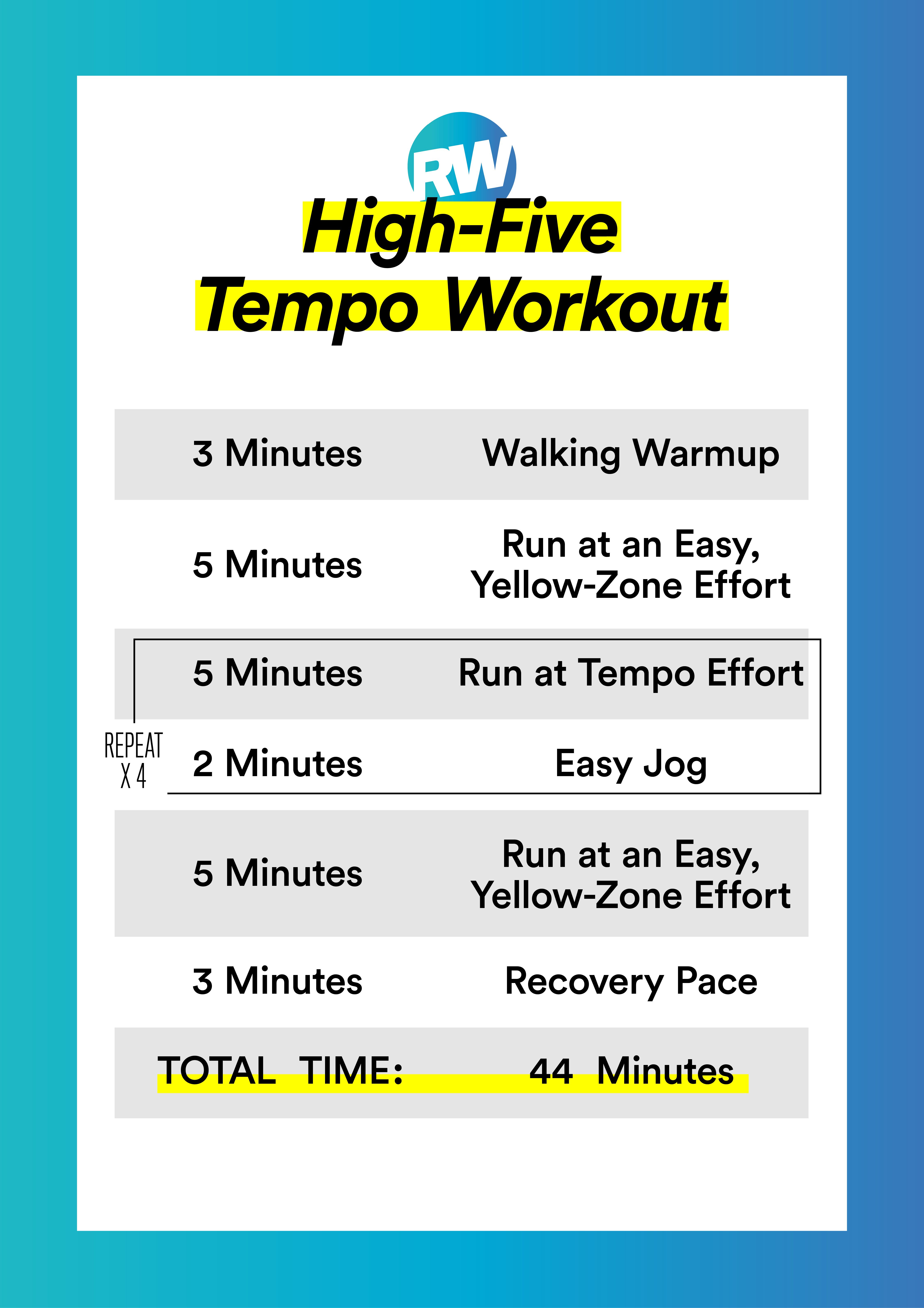Turbocharge Your Runs: Unlock Your Prospective with Strategic Running Workouts
Wiki Article
The Ultimate Overview to Dealing With Pain When Running
For runners, experiencing pain during runs is not unusual, and recognizing how to efficiently handle and stop it can make a significant distinction in your general efficiency and satisfaction of the sport. Whether you are a seasoned marathoner or just starting your running journey, comprehending the different sorts of discomfort that can emerge and the approaches to address them is critical. From pre-run warm-up routines to appropriate shoes option, there are countless factors to consider when it comes to dealing with discomfort while running. This thorough guide will outfit you with the understanding and tools required to browse with the discomfort and encourage you to attain your running objectives with greater ease.
Recognizing Different Kinds Of Running Discomfort
When running, it is important to distinguish in between different kinds of pain to protect against injuries and make best use of performance (Read More). One usual type of pain that joggers might experience is muscle pain, which commonly develops from the tension put on muscles throughout workout. This kind of pain is usually a typical part of the running procedure and can be handled via appropriate warm-up, cool-down, and extending routinesOne more kind of pain to be familiar with is joint pain. Joint pain can show issues such as overuse, incorrect kind, or underlying problems like arthritis. Overlooking joint discomfort can lead to a lot more extreme injuries, so it is essential to attend to any kind of discomfort quickly and perhaps seek professional recommendations.
In addition, sharp or stabbing pains ought to not be neglected. These sorts of pain can indicate severe injuries such as pressures, strains, or stress fractures - running strategy. Proceeding to go through these sorts of pain can worsen the injury and lengthen recuperation time

Pre-Run Warm-Up and Stretching Routine
To prepare the body for a running session, applying an effective pre-run warm-up and extending regular is essential. A proper warm-up assists boost blood circulation to the muscles, boosts adaptability, and lowers the danger of injury during the run. Begin with dynamic stretches like leg swings, arm circles, and high knees to progressively elevate your heart price and chill out the muscles. Dynamic stretching aids resemble the movements you'll be doing while running, preparing your body for the activity in advance. Follow this with static stretches concentrating on major muscular tissue teams such as the hamstrings, quadriceps, calf bones, and glutes. Hold each go for about 15-30 seconds without jumping to promote muscle relaxation and flexibility. Bear in mind to listen to your body and adjust the strength of your workout based upon your physical fitness degree and like this any kind of pre-existing problems. By including a constant pre-run workout and extending routine into your running program, you can optimize performance and decrease the danger of discomfort or injury.Correct Shoes Option and Fit
Selecting proper footwear that fits well is important for joggers to avoid discomfort and decrease the risk of injuries. Ill-fitting shoes can cause sores, black toenails, shin splints, and various other painful problems that can hinder efficiency and sideline training. When selecting running footwear, it is important to think about elements such as foot type, running stride, arch assistance, cushioning, and footwear size. running strategy. Seeing a specialty running store for a stride analysis and expert installation can aid make certain that you pick the right shoes for your individual demands. Running shoes need to supply ample assistance and stability while additionally being comfy and lightweight. In addition, it is advised to replace your operating shoes every 300-500 miles to maintain correct padding and assistance. Investing in premium shoes that is appropriate for your running design and foot composition is a proactive action towards stopping pain and injuries throughout your runs.Nutrition and Hydration Tips for Discomfort Avoidance
:max_bytes(150000):strip_icc()/HIIT-treadmill-workout-promo-04629651f9fc4854a8afca1c29ba528a.jpg)
Hydration is equally critical for runners to stay clear of aches, dehydration, and various other discomforts that can cause discomfort throughout running. It is advised to drink an ample amount of water throughout the day and particularly in the past, throughout, and after running sessions. Electrolyte-rich beverages or sports drinks can additionally be advantageous for restoring shed minerals and maintaining appropriate liquid equilibrium. running workout (Read More). By prioritizing nourishment and hydration, runners can improve their efficiency, reduce discomfort, and enjoy a much more comfy running experience.
Post-Run Recuperation Techniques to Ease Pain
Carrying out efficient healing methods is necessary for easing discomfort and advertising muscular tissue healing after running sessions. Furthermore, icing sore areas for 15-20 mins can aid minimize swelling and numb pain post-run.Hydrating sufficiently post-run is important for replenishing liquids shed during exercise and aiding in muscular tissue recovery. Consuming a well balanced treat or meal that includes healthy protein and carbs within 30 minutes of finishing a run can aid fix muscle cells and restore energy shops. In addition, getting enough remainder is crucial for allowing the body to fix and enhance muscles. Including energetic recovery tasks such as light walking or swimming can also assist promote blood circulation and decrease muscle rigidity - Read More. By integrating these post-run recuperation techniques right into your routine, you can properly manage discomfort and optimize your running efficiency.
Verdict
In conclusion, addressing various kinds of running pain via proper warm-up, stretching, shoes option, nourishment, hydration, and post-run recuperation methods is necessary for pain avoidance and administration. By understanding the reasons for pain and implementing these strategies, runners can minimize discomfort and prospective injuries. It is essential to prioritize total physical health and health to make sure an effective and pleasurable running experience.Report this wiki page